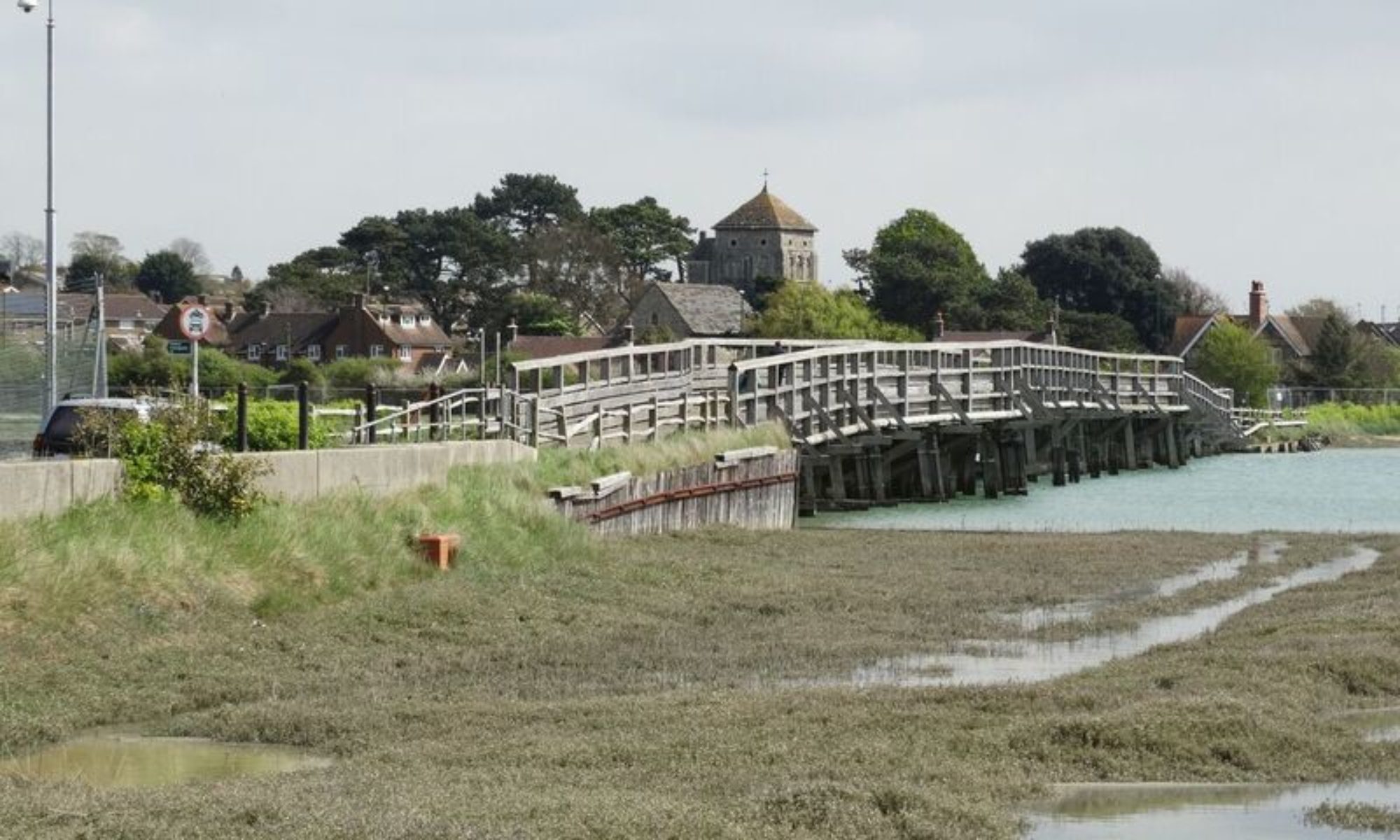Pevensey, derived from the anglo-saxon pefen’s river, is a village of around 3000 people. The original hamlet dates from Roman times when a 10 metre high peninsular of sand and clay jutted out into the marshlands and tidal lagoons that extended as far north as Hailsham.
A fortification was constructed in Roman times, approximately 300 AD, but this was over-run by Saxons a couple of hundred years later. For several centuries the fort was largely neglected, but Harold the Second improved its defences prior to the invasion of William the Conqueror in 1066. William actually landed at Pevensey, but at that time the fort was unoccupied. William’s brother, Robert of Mortain, was given the castle after the conquest, and although it was besieged several times until the 13th Century, and threatened with destruction, it remained largely intact until the present day.




















































































































